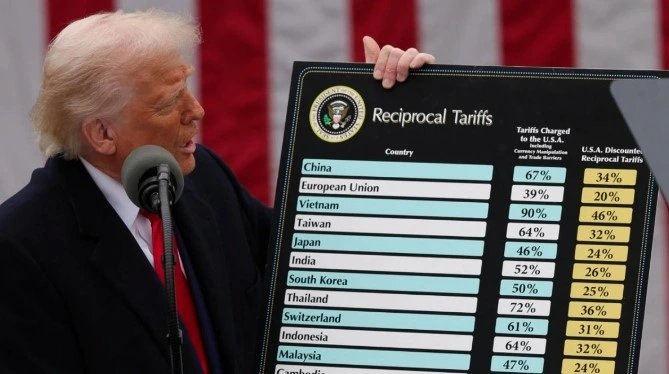
Introduction
Tariffs imposed by former President Donald Trump during his administration have reshaped the landscape of international trade, impacting both the U.S. economy and global market dynamics. Tariffs are taxes levied on imported goods, aimed at protecting domestic industries from foreign competition, and were a critical aspect of Trump’s trade policy. Understanding the implications of these tariffs is essential for businesses, economists, and policymakers.
The Implementation of Trump Tariffs
Beginning in 2018, the Trump administration implemented a series of tariffs, primarily targeting steel and aluminum imports, with rates increasing to 25% and 10%, respectively. This was followed by substantial tariffs on a range of Chinese products, amounting to over $360 billion, as part of a broader strategy to address trade imbalances and what Trump described as unfair trade practices by China. Key industries affected included manufacturing, agriculture, and technology.
The U.S. Trade Representative (USTR) stated that these tariffs aimed to bolster U.S. manufacturers and bring jobs back to American soil. However, this move sparked immediate retaliation, with countries like China imposing tariffs on U.S. goods, affecting American farmers and exporters.
Impact on the Economy
The effects of Trump’s tariffs have been mixed, with proponents arguing that they aided in creating jobs in certain sectors. For instance, the steel industry saw a resurgence, with production rates increasing as domestic companies benefited from reduced foreign competition. Conversely, critics argue that tariffs ultimately led to higher prices for consumers and increased costs for businesses relying on imported materials. A report from the Congressional Budget Office estimated that tariffs cost the average American household roughly $500 annually.
Moreover, industries like agriculture faced significant challenges as retaliatory tariffs from China led to decreased demand for U.S. agricultural exports. Farmers reported losses, prompting the government to offer bailout packages to mitigate the financial blow.
Conclusion and Future Considerations
The long-term implications of Trump’s tariffs continue to unfold, with ongoing debates regarding their efficacy and potential for trade relationships. As President Biden’s administration works to navigate these complexities, analysts suggest a need for reevaluation of trade policies that balance protectionism with international cooperation.
Looking ahead, the potential lifting of tariffs or adjustments could signal a shift in U.S.-China relations and reflect changes in domestic economic strategies. For businesses and consumers alike, staying informed about these developments is crucial, as tariffs will likely continue to shape market dynamics and economic policy well into the future.




